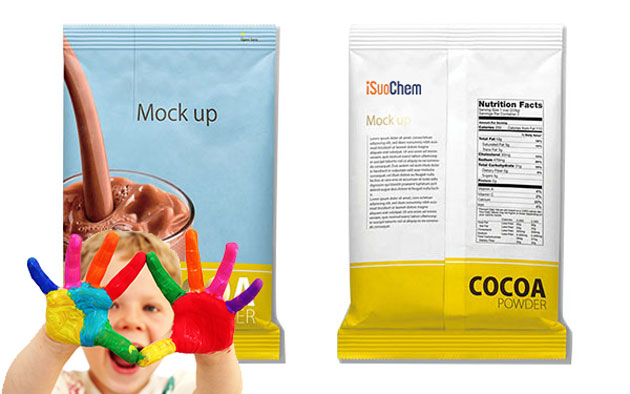Composite flexible packaging printing is different from general packaging printing in that the former is inner printing while the latter is surface printing. The inks used for these two types of printing are known as inner printing ink and surface printing ink, respectively. Understanding the differences between these two types of ink is crucial for correct usage and has a significant impact on the final product. Ink typically comprises binders (ink resins), pigments, additives, and organic solvents.
After years of production and sales experience, iSuoChem has analyzed the difference between inner printing ink and surface printing ink. The following are the main differences:
Difference in binders
The main binder (also called ink resins) in surface printing ink is polyamide resin, which has good adhesion and provides a glossy finish. However, it is not suitable for high-temperature conditions and has poor fastness when compounded. On the other hand, the linking material for non-cooking type printing ink is mainly chlorinated polypropylene, nitrocellulose, or vinyl chloride-vinyl acetate copolymer resin (iSuoChem VYHH resin). iSuoChem has several products that belong to this category. For high-temperature retort-resistant inner printing ink, polyurethane is used as the binder, and a certain amount of hardener is added during usage to react and cross-link.
Difference in solvents used
The solvents used in surface printing ink are mainly xylene and isopropanol, whereas the general printing ink solvents are mainly toluene and ethyl acetate. For high-temperature cooking inner printing ink, the solvent used is mainly acetone, ethyl acetate, etc. Inner printing ink solvents are suitable for high-speed printing, and their volatility is relatively fast, leaving behind extremely small solvent residue.
Difference in wear resistance
Polyamide resin is known for its good flexibility and high elasticity, making it better in wear resistance and contact with external objects. On the other hand, chlorinated polypropylene resin, which is used as the binder in inner printing ink, is particularly rigid and has poor wear resistance. However, since it is used for inner printing, the requirements for wear resistance are correspondingly lower.

Difference in additives
The difference in bonding between surface printing ink and inner printing ink also results in different auxiliary materials and additives used. Surface printing ink often adds dehydration apple and kiwi fruit acid ester to improve adhesion, gloss, and viscosity. Various additives such as pigment dispersants, reinforcing agents, and defoamers are also added to surface printing ink.
Difference in printing process
The plate-making process for inner printing is the same as that for general plate-making. However, the image on the printing plate is a reverse image when making surface printing plates, and it becomes a positive image after printing. The printing speed for surface printing ink is slow, while that for inner printing ink is faster. Additionally, the printing color sequence is also different.